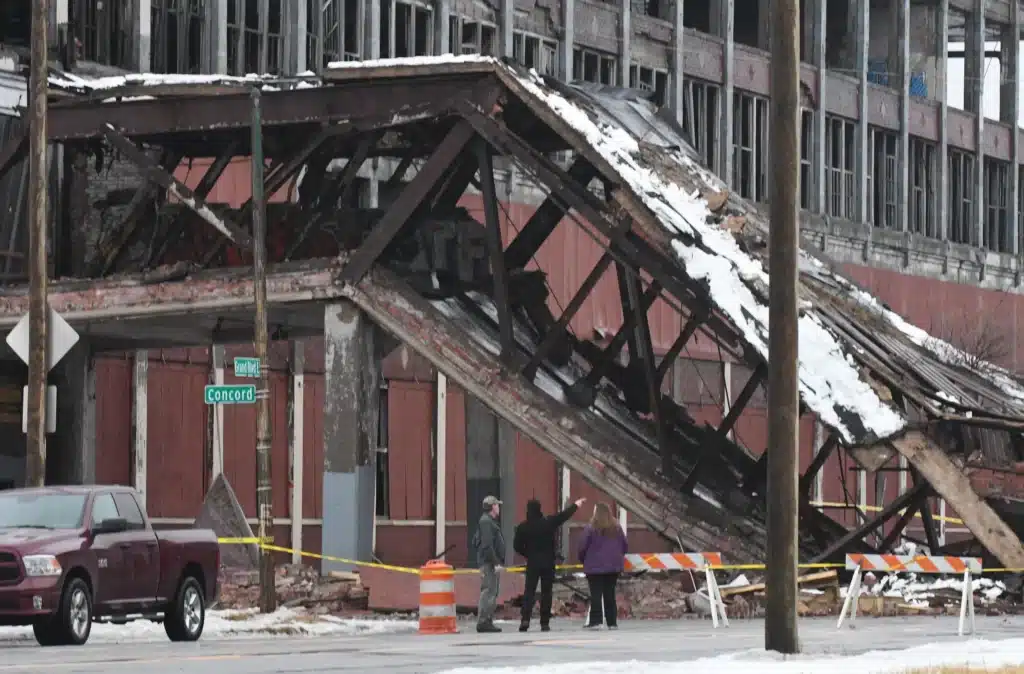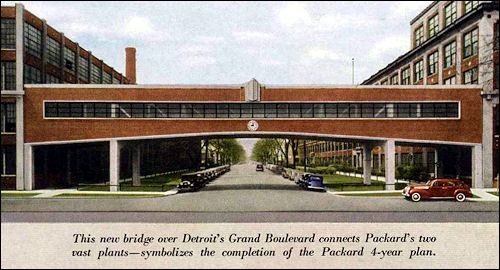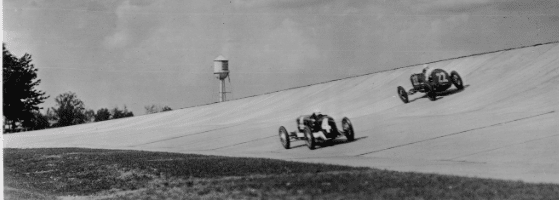The famous bridge gave up the ghost after decades of neglect
By Graham Kozak, originally published on January 24th, 2019 in Autoweek

A catastrophic structural failure at a long-abandoned factory in a run-down corner of Detroit might not seem, at least at first glance, like a big loss to the car world. But the sudden collapse of the bridge at the Packard plant on the Motor City’s east side serves as yet another reminder of the fragility of our automotive heritage. This is not just another structure that was destroyed by scrappers and neglect: It’s the loss of a tangible link to our past — to the places where the cars we cherish today were originally produced.
Constructed as the sprawling Packard plant expanded in its heyday, the bridge, which spanned East Grand Boulevard (then a major industrial thoroughfare), was a vital component of the factory’s production line, allowing car bodies to make their way toward final assembly. In time, it became an instantly recognizable part of the massive factory and, as the plant began to undergo a grueling cleanup and restoration effort, a sort of symbol of defiance. In spite of everything, it still spanned East Grand Boulevard.

For car geeks in the Detroit area (especially those of us who are into Packards), its collapse is a very sad thing.
It’s one thing to restore a car, and another thing entirely to restore a car factory. In many cases, the salvation and revitalization of decrepit industrial sites is simply not financially feasible, especially once they’ve gone past the point of no return. This is a harsh reality, but those of us who care about automotive heritage need to pick our battles carefully. While the loss of the Packard plant bridge is a downer, we’ll take this opportunity to give a nod to the heroic preservation work carried out at other sites of historic importance — for example, the Ford Piquette plant on the other side of Detroit.
Remember, once these pieces of our history are gone, they’re gone forever. Here’s to better days at the Packard plant and an increased appreciation for important automotive heritage sites within Detroit, across America and around the globe.


